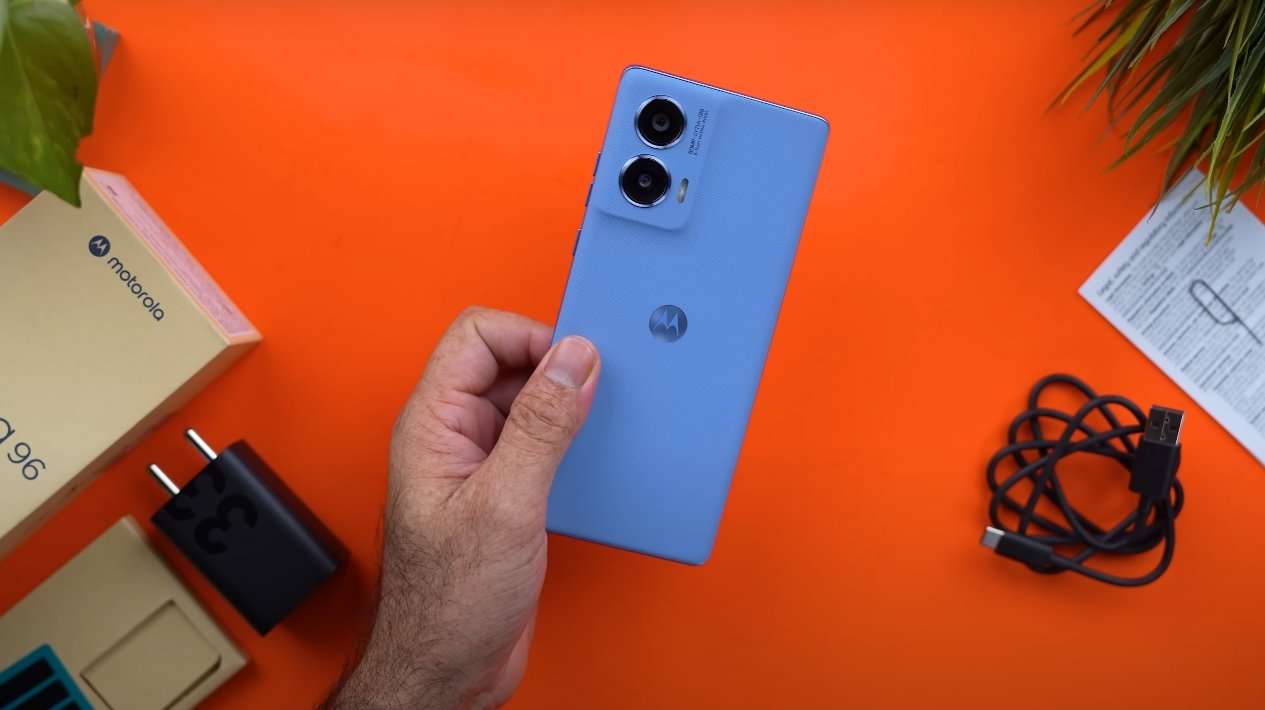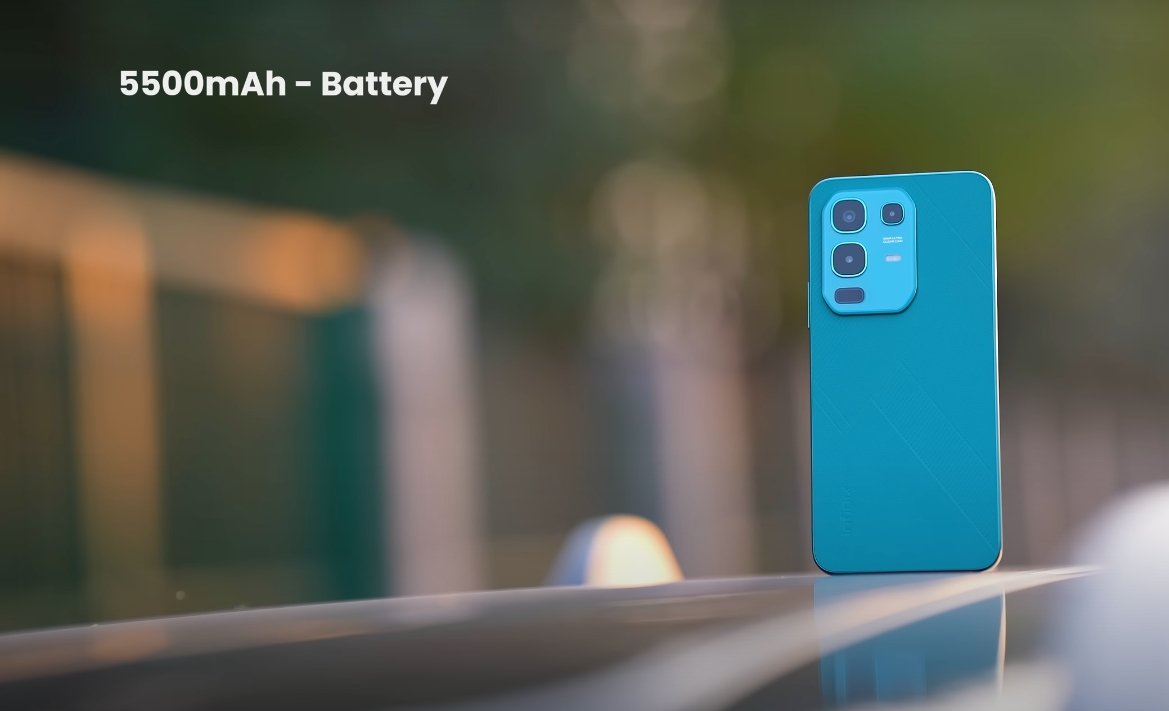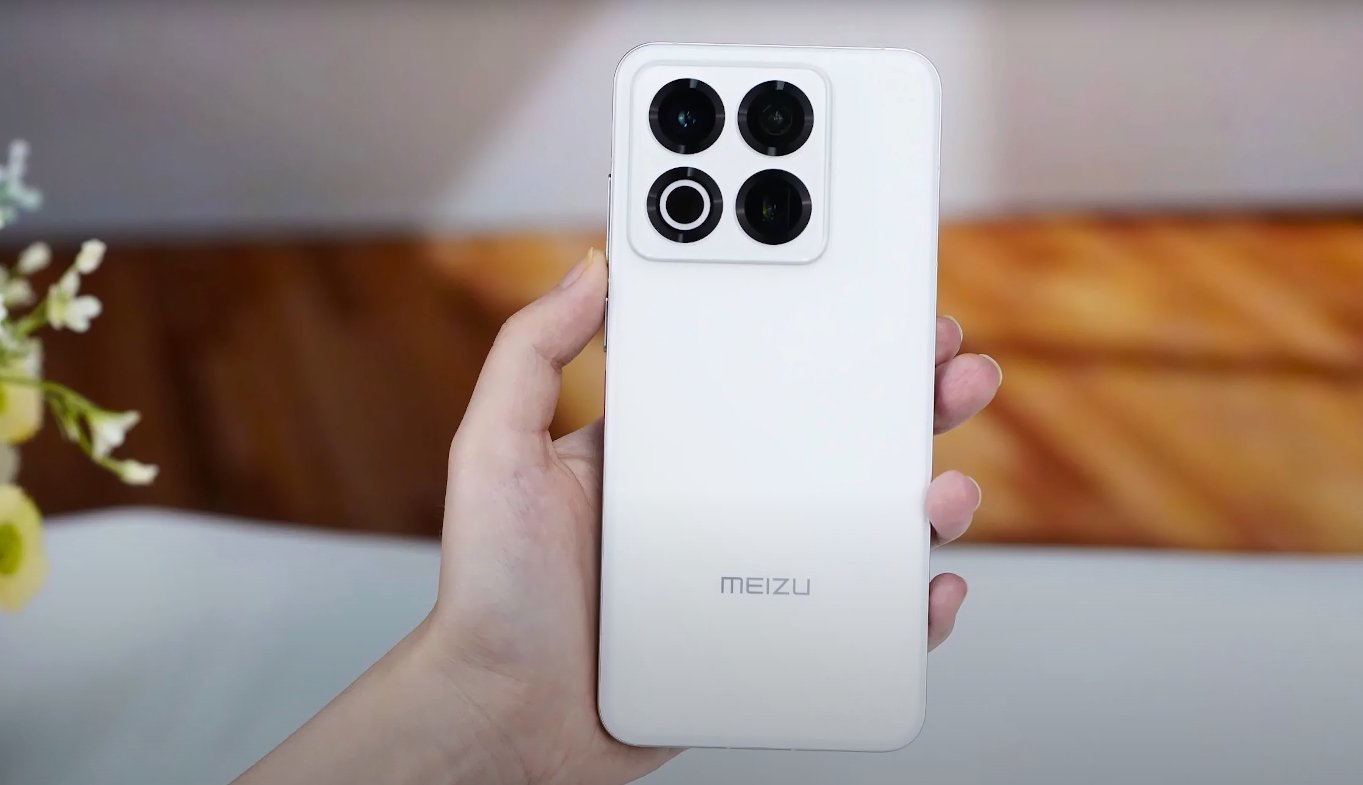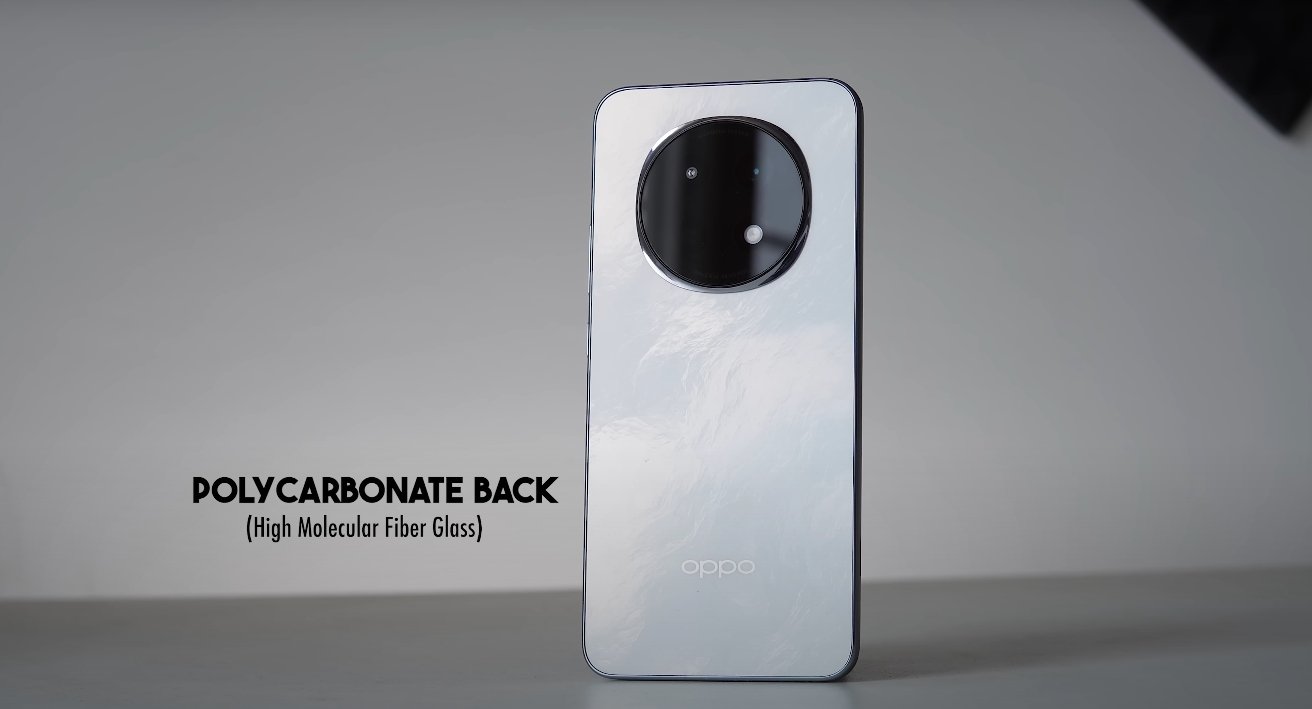A Detailed Look at Redmi K90 Pro Max Pricing for Canadian Buyers
The Redmi K90 Pro Max has quickly become one of the most talked-about smartphones of 2025. Its premium design, cutting-edge performance, and surprisingly low launch price in China have drawn attention from global tech enthusiasts, including Canadian buyers considering importing it. However, price differences, taxes, and compatibility factors make it essential to understand how the China launch price compares to the expected import cost in Canada.
When Xiaomi introduced the Redmi K90 Pro Max in China, it stunned the market with an aggressive pricing strategy. The base variant featuring 12GB RAM and 256GB storage debuted at around 3,999 Chinese Yuan, while higher configurations like 16GB RAM and 1TB storage reached up to about 5,299 Yuan. Even at its top tier, the phone’s price was significantly lower than competing flagships offering similar specifications. In China, Xiaomi positioned the Redmi K90 Pro Max as a value-driven flagship designed to outperform many premium devices without crossing the price barrier.
To understand the cost difference for Canadian buyers, it helps to convert the Chinese price into Canadian dollars. With current exchange rates, the base model roughly equals about 780 Canadian dollars, while the highest configuration sits close to 1,040 Canadian dollars. On paper, that looks like an incredible deal for a device powered by the Snapdragon 8 Elite Gen 5 chipset, a 6.9-inch OLED 120Hz display, and a 7,560 mAh battery with 100W charging support. But when import costs, taxes, and local availability come into play, the final price tells a different story for Canadians.
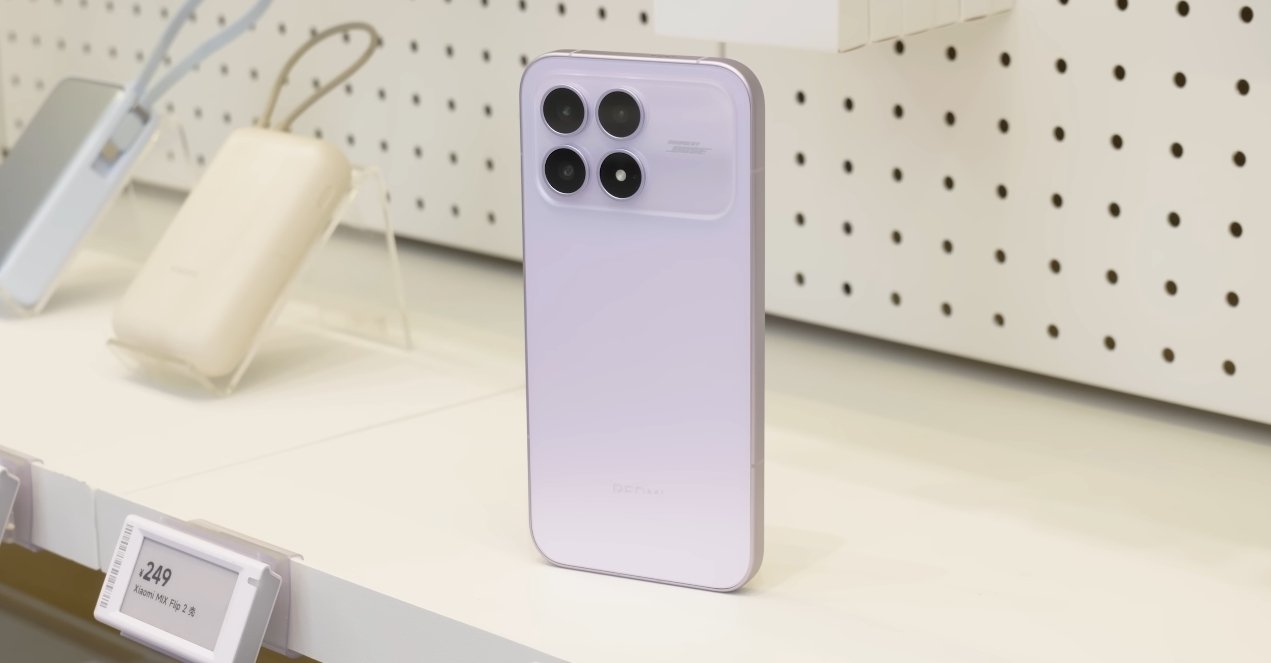
Buyers importing the Redmi K90 Pro Max directly into Canada will likely face additional expenses. These include import duties, GST or HST depending on the province, and courier service fees. Shipping alone can add anywhere from 30 to 80 dollars, and customs charges may vary based on the declared value. Once these are factored in, the real import cost for the base variant could climb closer to 900 or even 1,000 Canadian dollars, narrowing the price gap between the imported version and a potential future global release. The price might still undercut high-end flagships from brands like Samsung or Apple, but it loses some of its initial affordability edge.
In addition to financial costs, Canadian buyers must also consider the value of warranty coverage and local support. Imported phones from China generally do not come with official Canadian warranty service, meaning any issues would require shipping the device back overseas for repairs or replacements. This can be both expensive and time-consuming. Xiaomi’s regional policies typically limit warranty coverage to the market where the phone was purchased, which means buyers importing the Chinese model will have to rely solely on the seller’s after-sales support or third-party repair centers in Canada.
Another key point is network compatibility. While the Redmi K90 Pro Max supports an extensive range of global 4G and 5G bands, it may not cover all frequencies used by Canadian carriers. Major providers such as Rogers, Bell, and Telus rely on specific 5G bands like n66, n71, and n78. The phone supports some of these but not all, meaning connectivity could be limited in rural or suburban areas where certain bands dominate. Users in major cities such as Toronto, Vancouver, and Montreal will likely enjoy good coverage, but those in smaller towns may not experience full 5G performance. These compatibility nuances further influence the real-world value of importing the device.
There’s also the factor of regional software versions. The Chinese release comes with MIUI optimized for the Chinese market, featuring some localized apps and services. While Google Play can be manually installed, future updates may arrive later than on the global version. Moreover, carrier features like VoLTE and Wi-Fi calling might not function properly without official regional certification. Waiting for the global release, expected to include these optimizations, could provide a more seamless experience for Canadian users, even if the upfront cost is slightly higher.
When comparing the two price scenarios, the difference seems narrow at first but widens once hidden costs are included. In China, the phone’s pricing is straightforward and highly competitive. For Canadian importers, however, the combination of taxes, shipping fees, and lack of local warranty can add 15–25% to the total cost. This places the imported Redmi K90 Pro Max in the same price bracket as other premium mid-range devices sold officially in Canada. The imported model still offers outstanding performance for the money but comes with certain trade-offs in convenience and peace of mind.
In conclusion, the Redmi K90 Pro Max remains one of the best value flagships of 2025, but its affordability depends heavily on where you buy it. The Chinese launch price offers unmatched value, but Canadian importers must account for duties, compatibility, and warranty challenges that increase the overall cost. For enthusiasts eager to own the latest tech early, importing may still make sense, especially for urban users comfortable handling minor setup adjustments. However, for most buyers who prioritize ease of use, full network support, and local service, waiting for the official global release might be the smarter and more reliable investment.


